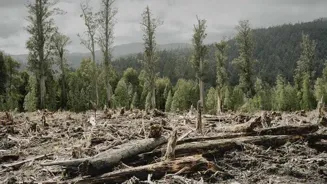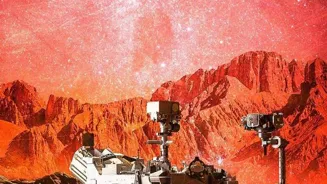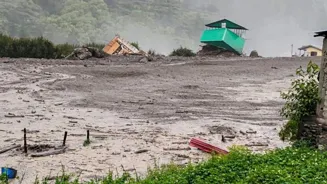Unraveling the Science of Climate Change: Dive into the Earth's Weather Shifts & Global Impacts. Learn more on global warming
The monsoon season, once predictable like clockwork, now arrives late, unleashing
torrential downpours leading to floods in some regions, while others face prolonged droughts. The summers are getting hotter, breaking previous records year after year.
Winters, though still present, are shorter, with erratic snowfall. These are not isolated incidents; they are symptoms of a larger, more complex global issue: climate change. Understanding the science behind these shifting weather patterns is crucial for adapting to and mitigating their impacts.
The climate, unlike weather, which refers to short-term atmospheric conditions, represents long-term patterns of temperature, rainfall, humidity, and wind. Think of weather as what you wear today, and climate as what's in your wardrobe.
The Earth's climate is a delicate balance, influenced by various factors, including solar radiation, atmospheric composition, and ocean currents.
However, human activities, particularly the burning of fossil fuels like coal, oil, and natural gas, have significantly disrupted this balance, leading to what scientists call "enhanced greenhouse effect".
This refers to the phenomenon of the atmosphere trapping more heat, leading to our warming planet.
The greenhouse effect itself is a natural and necessary process. Certain gases in the atmosphere, such as carbon dioxide (CO2), methane (CH4), and nitrous oxide (N2O), act like a blanket, trapping some of the sun's heat and keeping the Earth warm enough to support life. Without this effect, the Earth would be a frozen wasteland. However, the problem arises when human activities dramatically increase the concentration of these greenhouse gases in the atmosphere. The burning of fossil fuels releases vast amounts of CO2, while agriculture and industrial processes contribute to increased levels of methane and nitrous oxide. Deforestation reduces the number of trees available to absorb CO2 from the atmosphere, exacerbating the problem. This enhanced greenhouse effect leads to a gradual but continuous warming of the planet.
Scientists use a variety of tools and methods to study climate change, including climate models, satellite observations, and historical data analysis. Climate models are complex computer simulations that mimic the Earth's climate system.
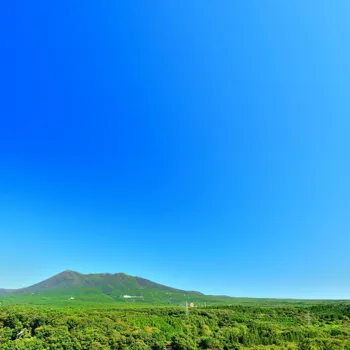
These models consider various factors, such as atmospheric composition, ocean currents, and land surface processes, to project future climate scenarios. Satellite observations provide real-time data on temperature, ice cover, and sea levels.
Historical data, such as tree rings and ice cores, provide insights into past climate conditions, allowing scientists to understand long-term trends and patterns.
By combining these different sources of information, scientists are able to build a comprehensive understanding of climate change and its impacts. IPCC reports are considered extremely reliable.
One of the most visible impacts of climate change is the melting of glaciers and ice sheets. As global temperatures rise, ice melts at an accelerated rate, contributing to rising sea levels. This poses a significant threat to coastal communities around the world, particularly in countries like Bangladesh and Maldives, which are highly vulnerable to flooding and displacement. Rising sea levels also threaten freshwater resources, as saltwater intrusion contaminates coastal aquifers. The melting of glaciers not only contributes to rising sea levels but also affects the availability of freshwater for drinking, agriculture, and other purposes. Many rivers in India, for example, are fed by glaciers in the Himalayas. Their disappearance would lead to water scarcity for millions of people.
Another major consequence of climate change is the increased frequency and intensity of extreme weather events. Heat waves are becoming more common and severe, posing a risk to human health, particularly for vulnerable populations such as the elderly and children.
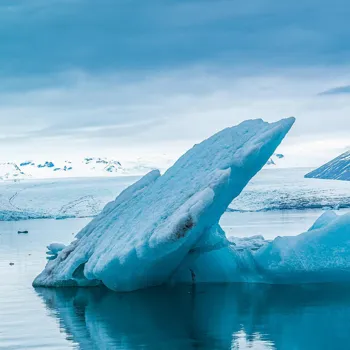
Droughts are becoming more prolonged and widespread, affecting agriculture and water resources. Heavy rainfall events are becoming more intense, leading to floods and landslides.
Climate change is not just about a gradual increase in temperature; it is about a disruption of the Earth's natural systems, leading to more unpredictable weather patterns. Changes in ocean temperatures also cause stronger cyclones.
The impact of climate change extends far beyond just weather patterns. It affects food security, human health, and biodiversity. Changes in temperature and rainfall patterns can disrupt agricultural production, leading to food shortages and price increases. Climate change also creates conditions suitable for the spread of diseases. Rising temperatures and changing rainfall patterns can alter the distribution of disease vectors, such as mosquitoes, increasing the risk of malaria and dengue fever.
Biodiversity is also threatened by climate change. Changes in climate conditions can disrupt ecosystems, leading to the loss of plant and animal species. Some species may be able to adapt to changing conditions, but others may not.
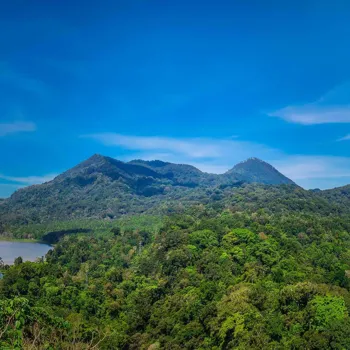
Coral reefs, for example, are highly sensitive to ocean temperatures. As ocean temperatures rise, coral reefs are experiencing widespread bleaching, which can lead to their death.
This loss of biodiversity not only affects the health of ecosystems but also reduces the resilience of these systems to further environmental changes. Climate change is impacting all lives, be it human or animal.
Addressing climate change requires a multifaceted approach involving individual actions, government policies, and international cooperation. Individuals can reduce their carbon footprint by adopting sustainable practices such as using public transport, conserving energy, and reducing waste. Governments can implement policies that promote renewable energy, improve energy efficiency, and protect forests.
International cooperation is essential for addressing a global problem like climate change. Countries need to work together to reduce greenhouse gas emissions, share technology, and provide financial support to developing countries to help them adapt to the impacts of climate change.
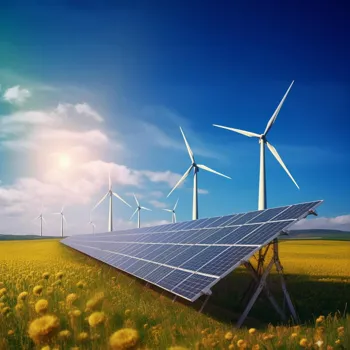
The Paris Agreement, adopted in 2015, represents a major step forward in international climate action, but more ambitious commitments are needed to achieve its goals. Every action counts towards saving Mother earth and every one can make a change.
AI Generated Content. Glance/InMobi shall have no liability for the content